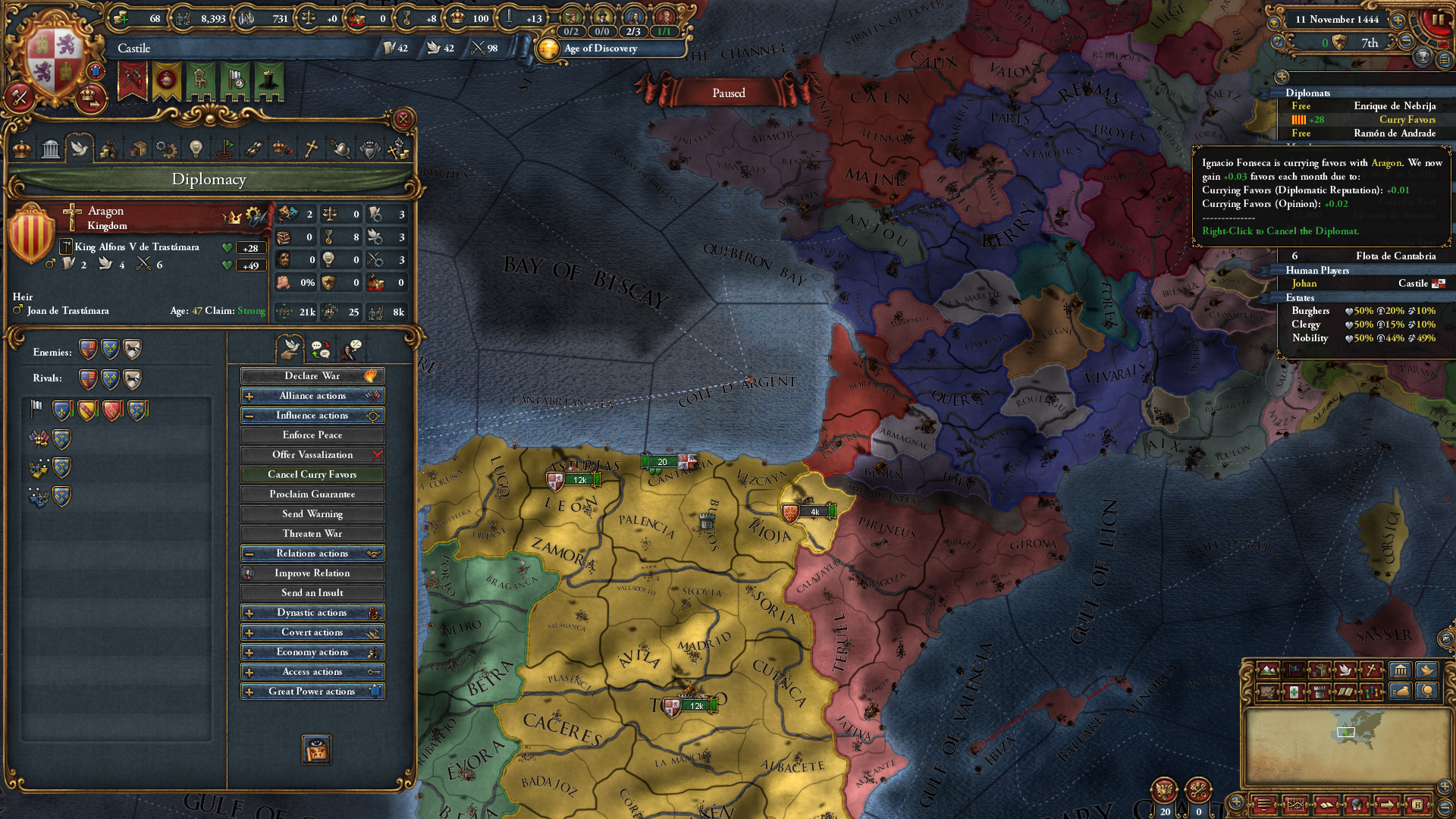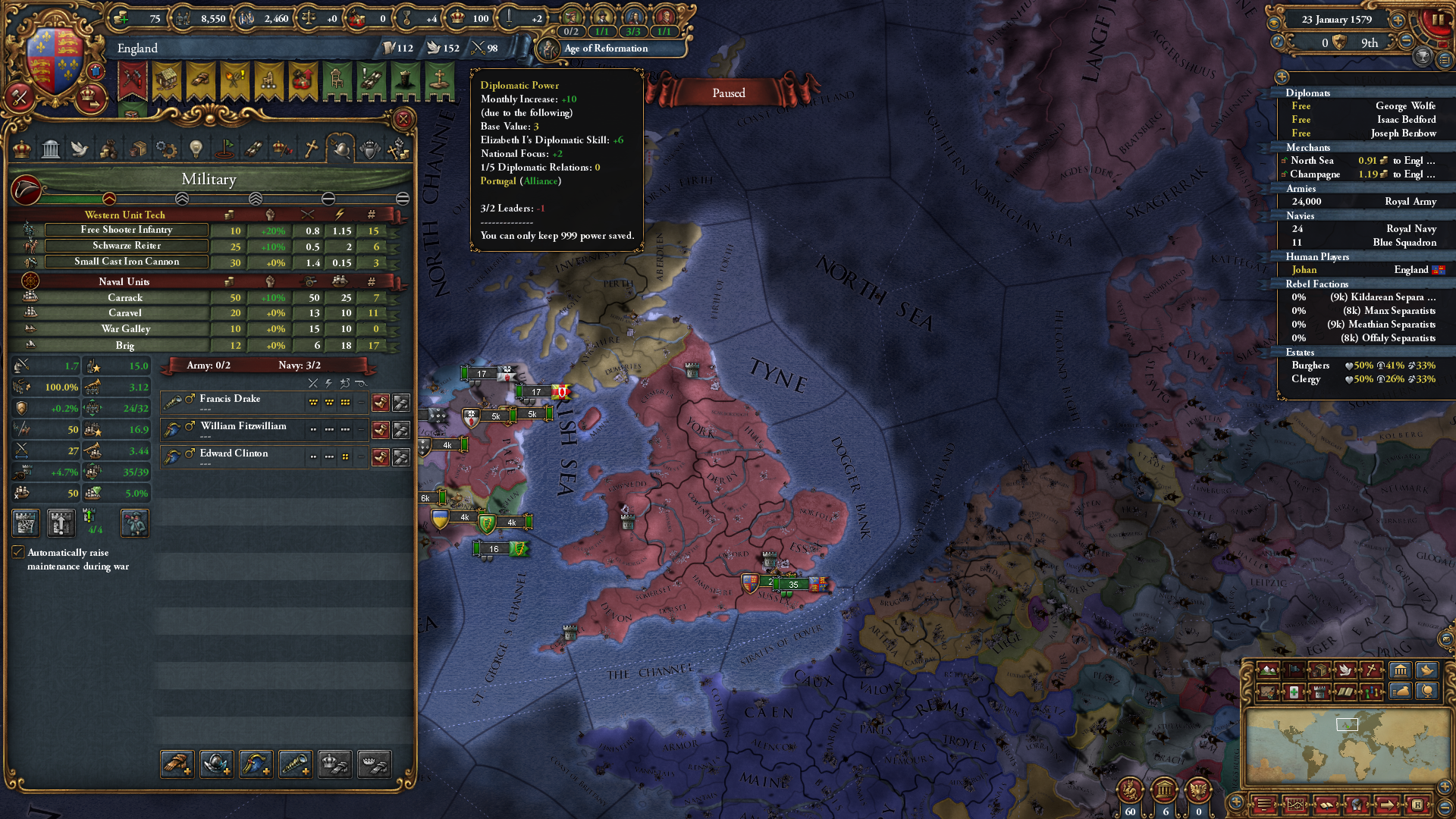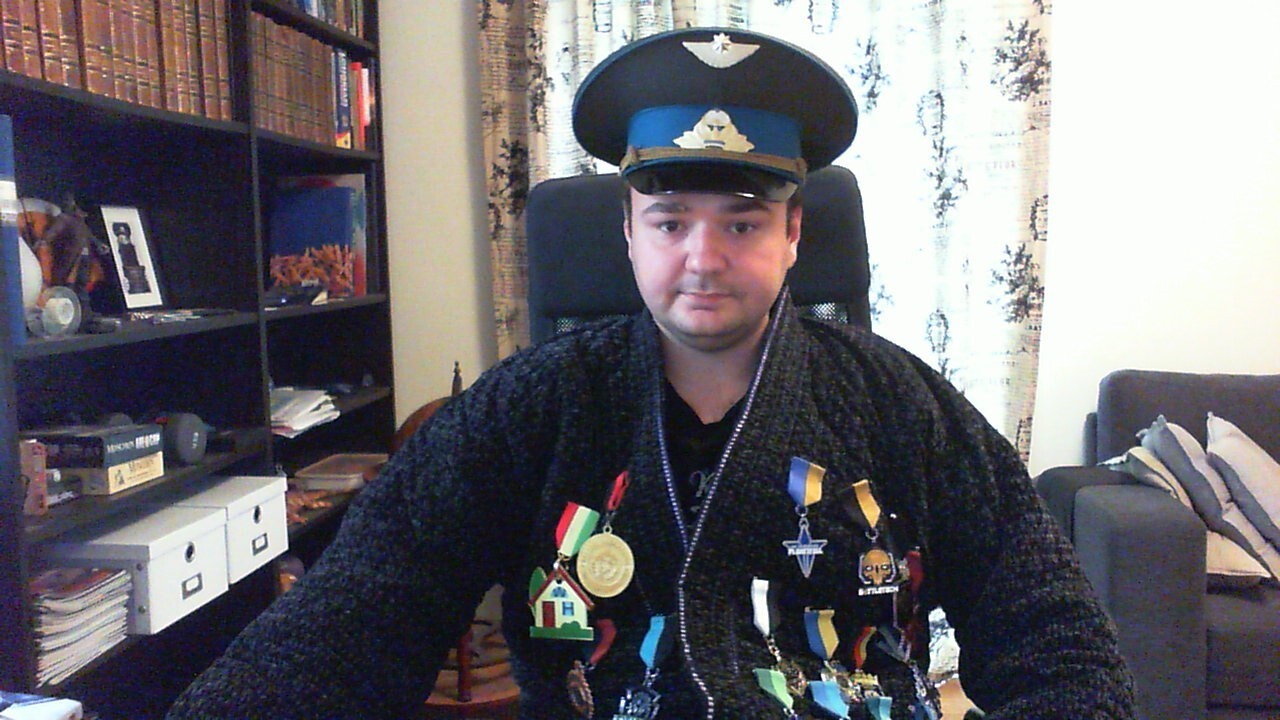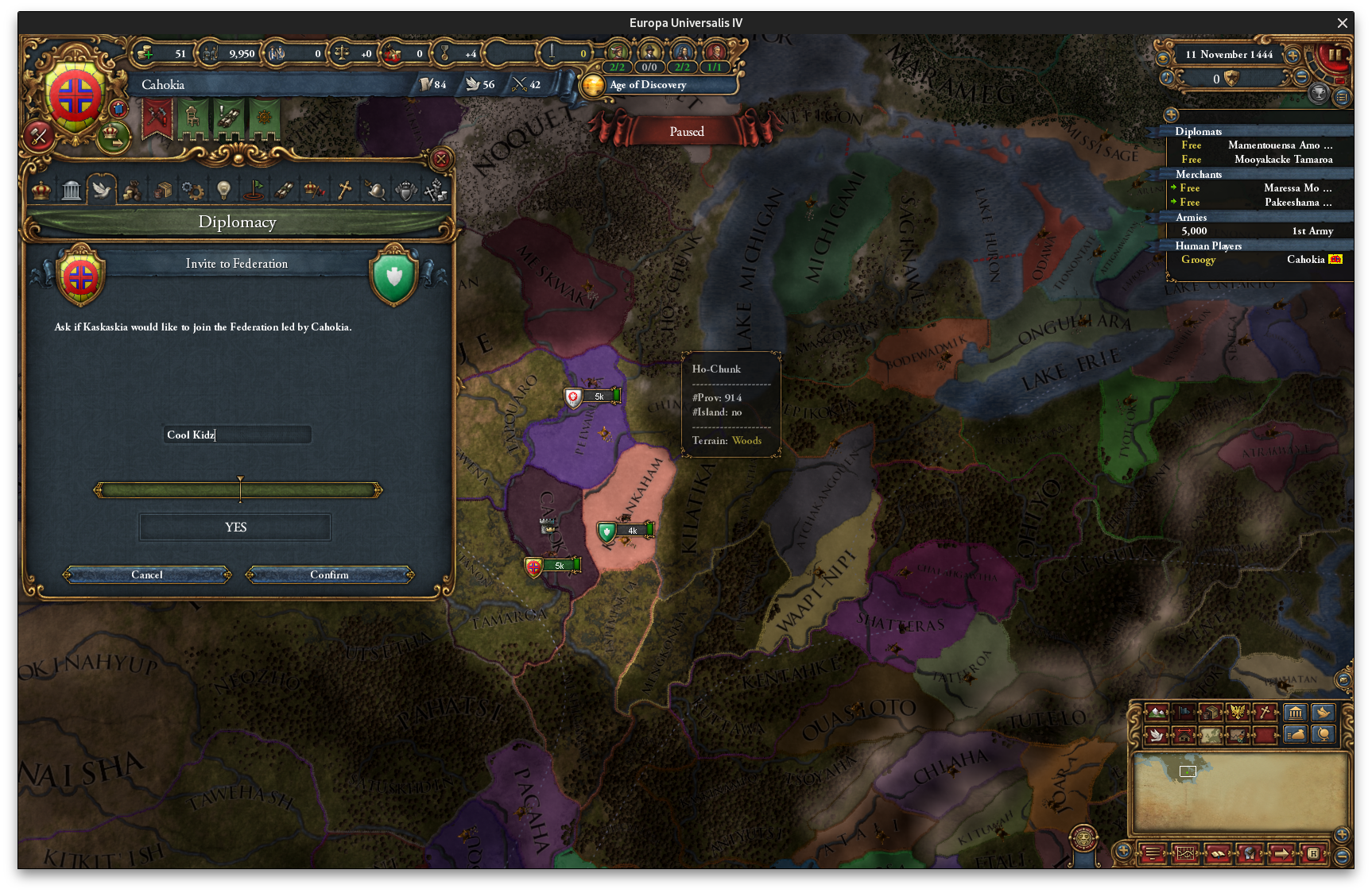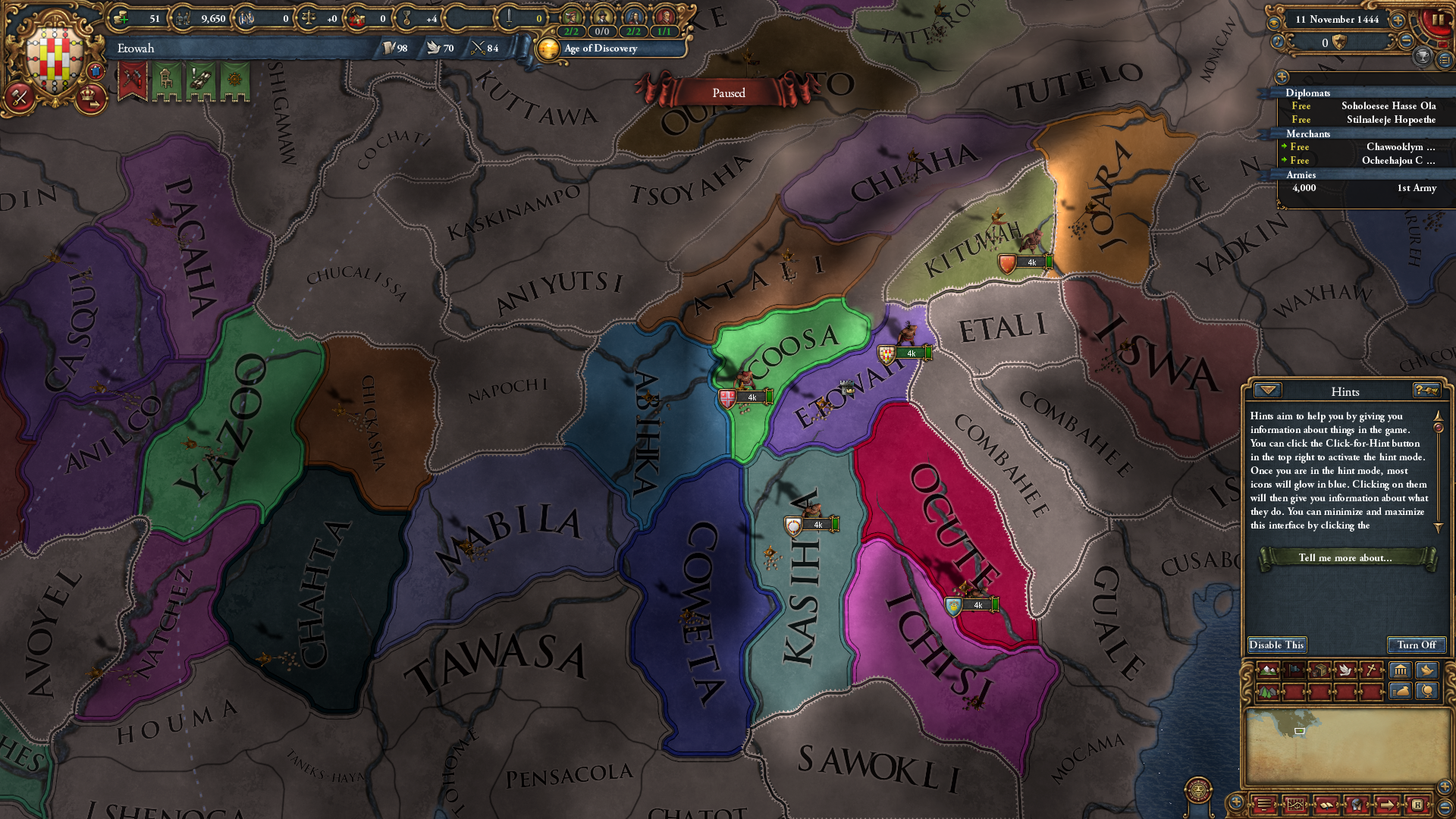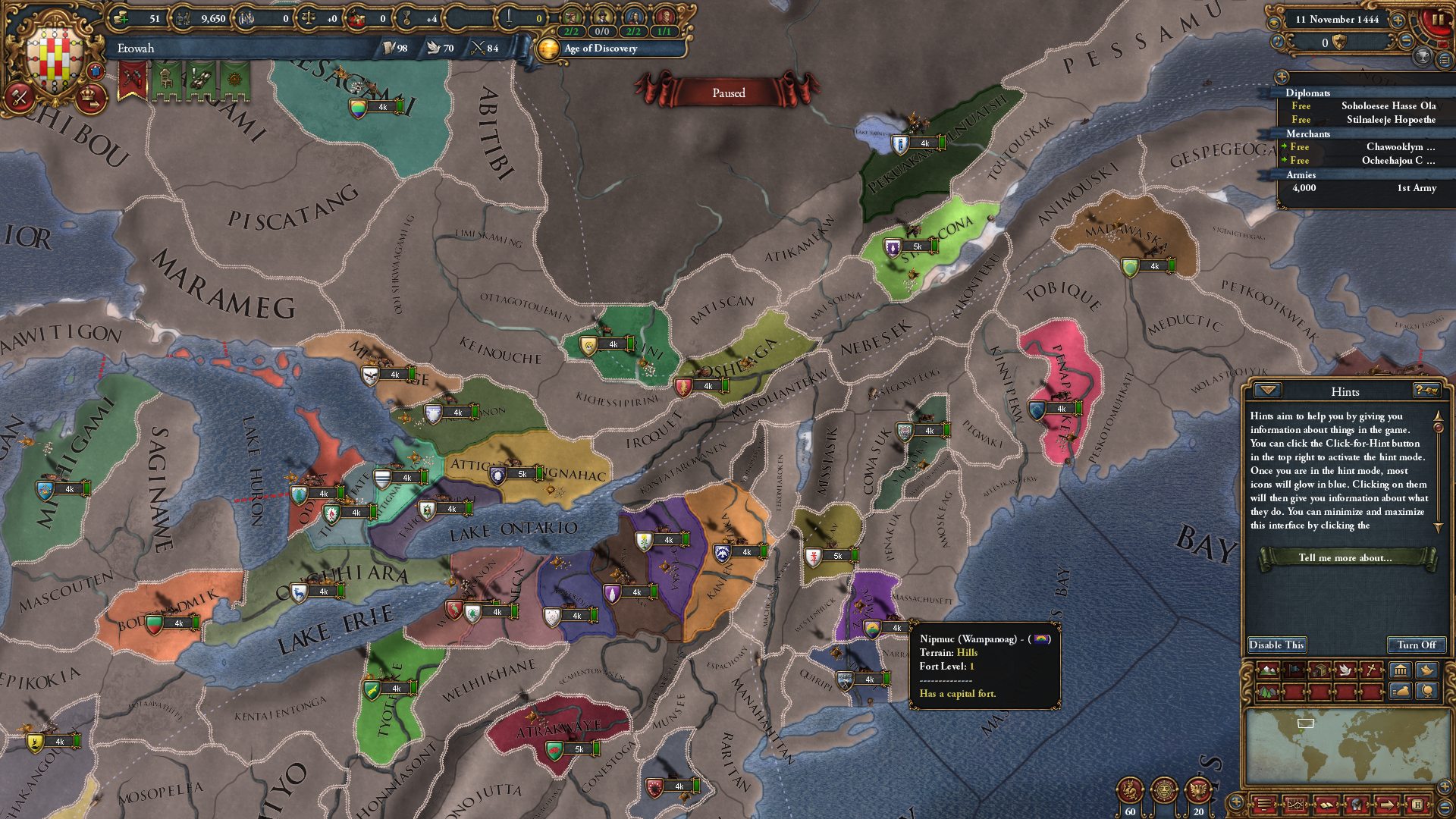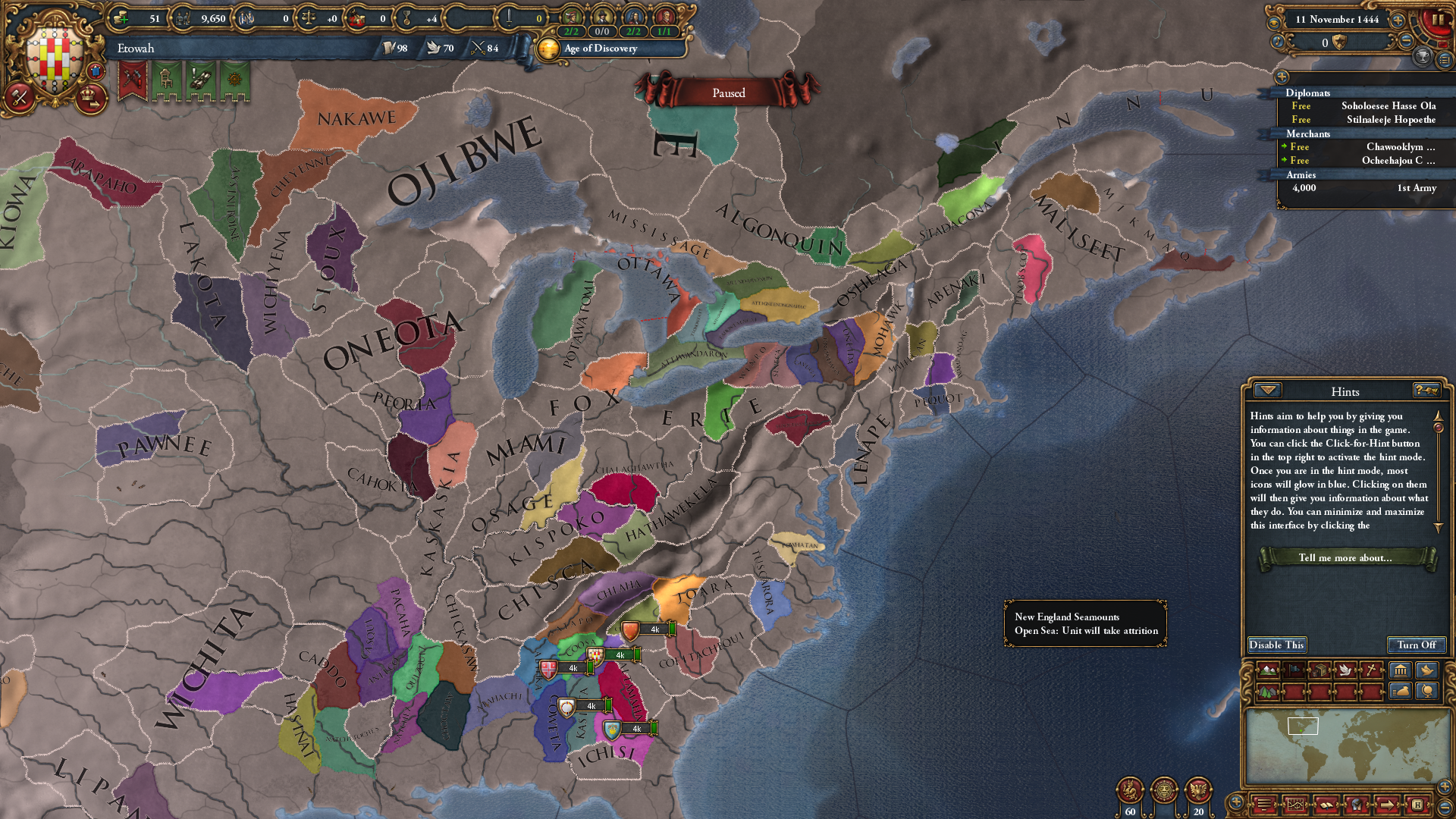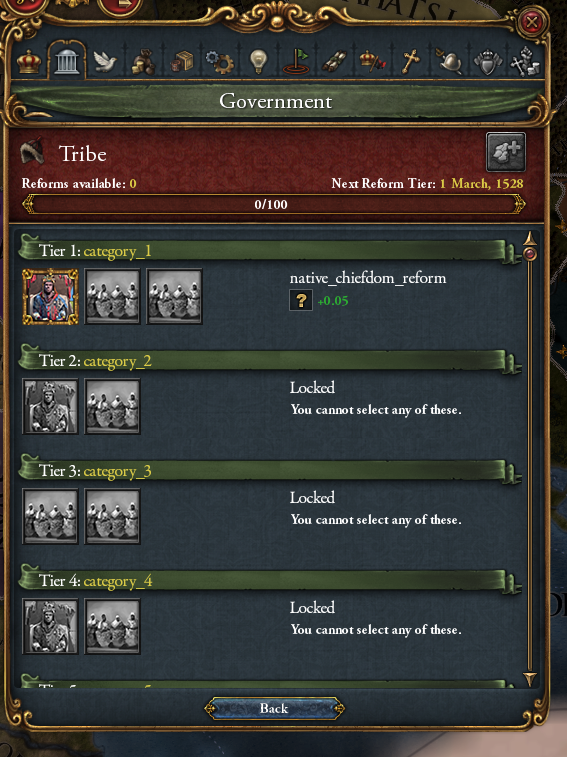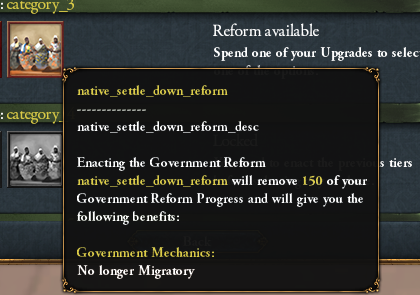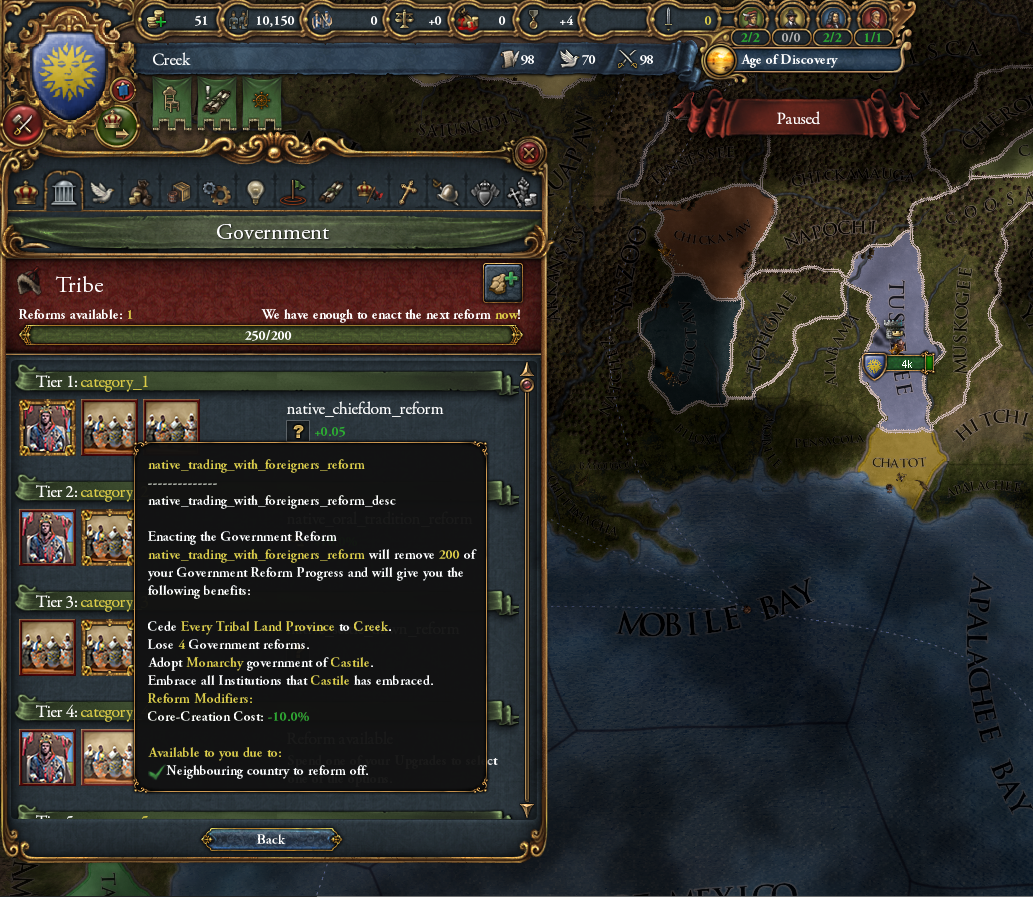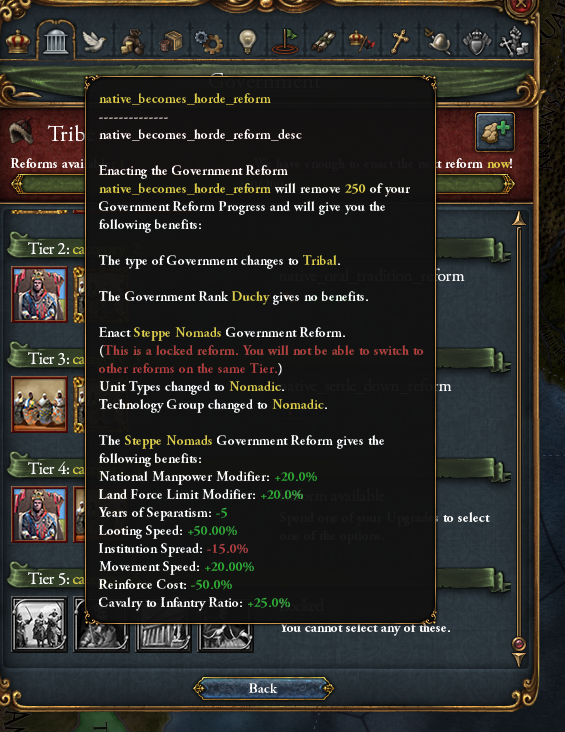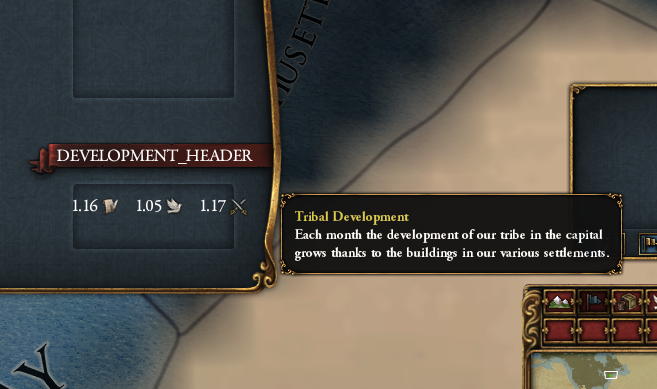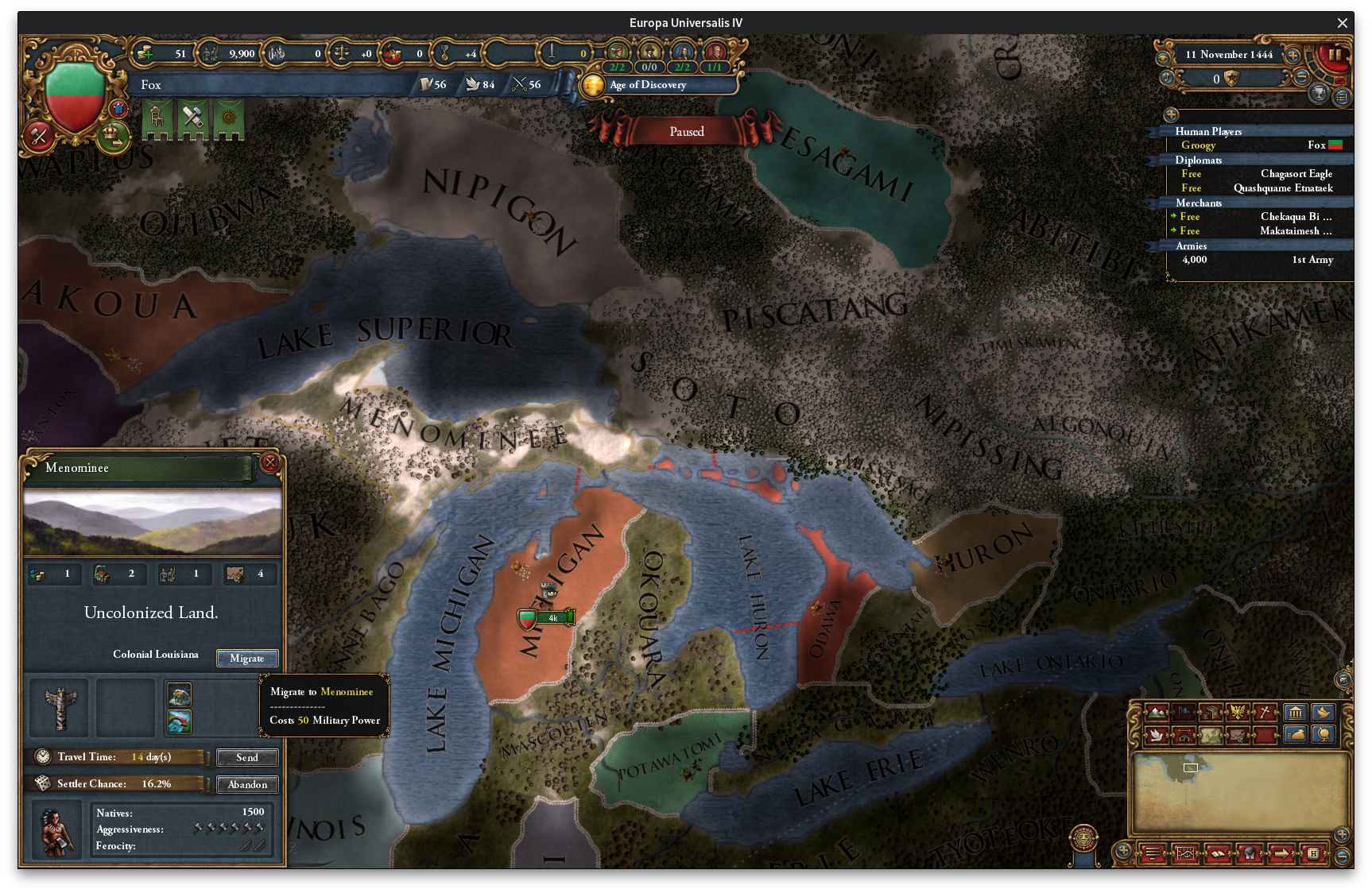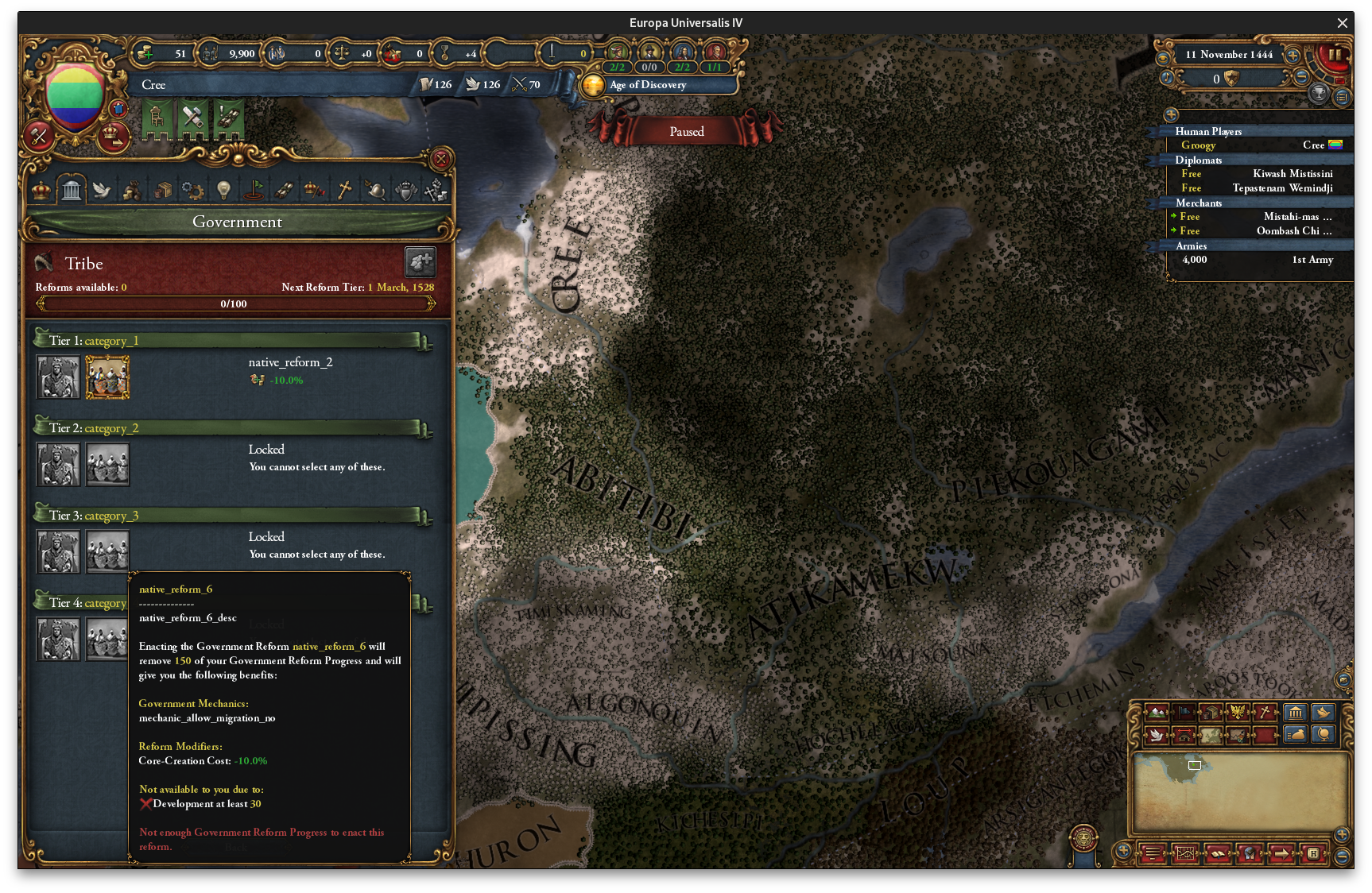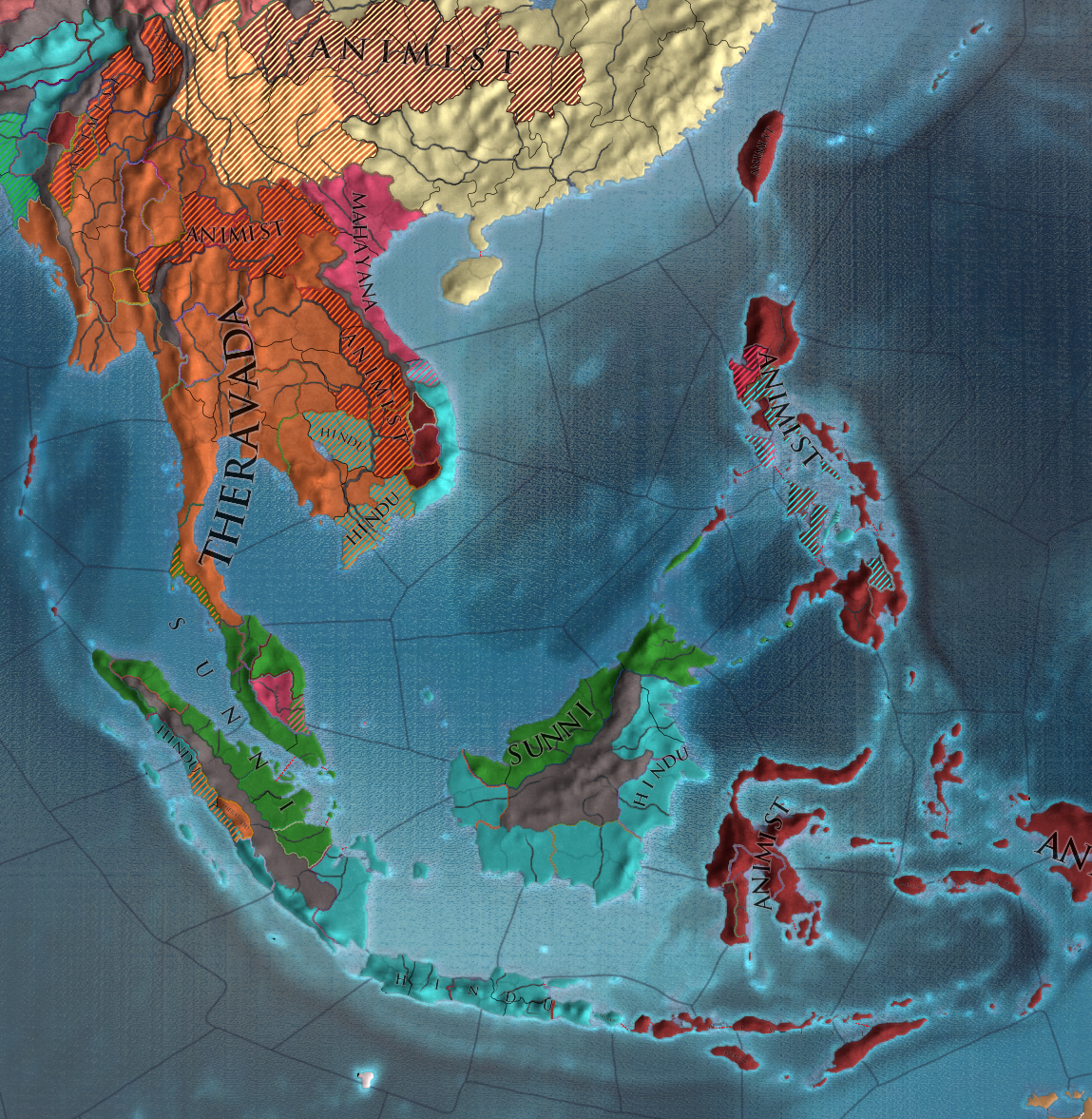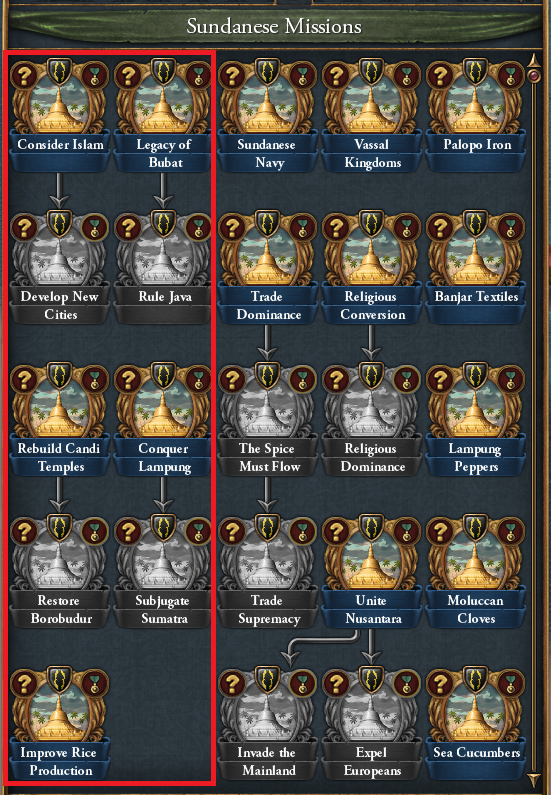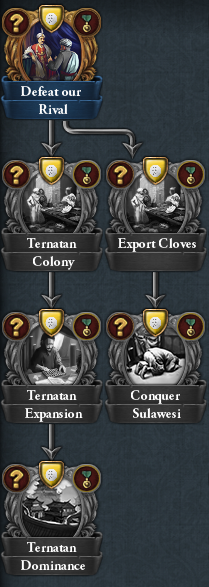
Oct 20, 2020
Europa Universalis IV - MagnusPDX
Click here to read on the Forums
Hello everyone! Today we’ll be exploring two of the smaller religions in Europa Universalis IV. Zoroastrianism and Sikhism. For the coming update we’ll be working on making these more interesting by giving them their own mechanics. Keep in mind that everything you see is very much work in progress, you’ll see a lot of my very temporary coder art.
So first let’s start with Sikhism. They already got some stuff in the game using events. Throughout the game's timeline as a Sikh you will go through the various Gurus that were a big part of shaping the faith in history. Each of these gurus would add their own modifier to the religion. We are now making this more integrated by making it a mechanic and adding some more player agency for what the player can do with this.
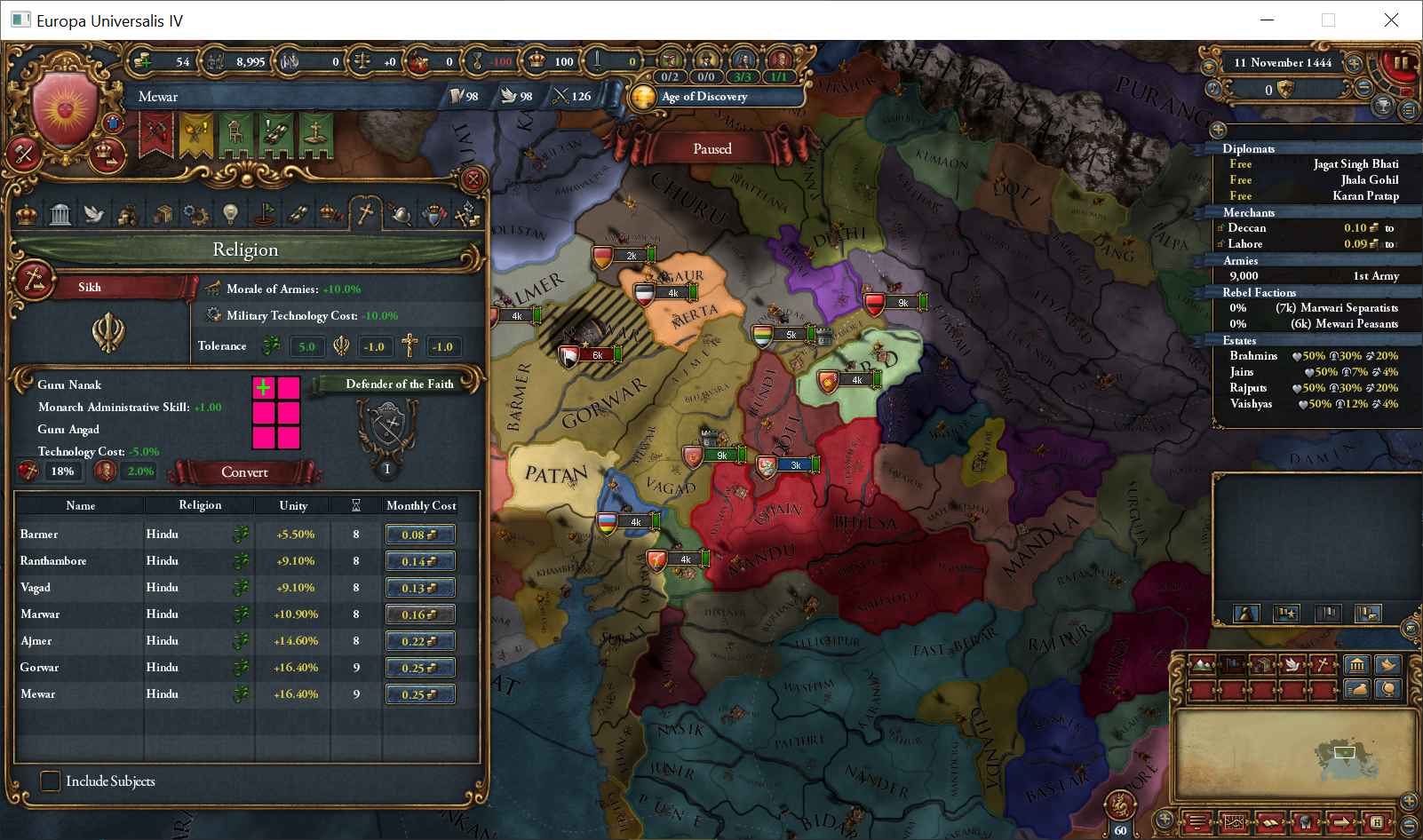
UX is very much WIP, here it is showing you currently have Guru Nanak as your incumbent Guru and that Guru Angad is his future successor.
You still get gurus over the decades giving you various modifiers as you progress through the game. But I’ve also done that each Guru will provide three teachings unique to that guru that the player can pick between. In total there will be 30 teachings to pick between throughout the game, and once the guru that gives that teaching is succeeded the picked teaching becomes permanent and you can’t switch to the other two anymore. You can at max have 6 teachings, and for each teaching you take you will lose 1 missionary strength. Each teaching is associated with either Adm, Dip or Mil mana and cost 50 of their respective category of monarch power to enact.

As Johan mentioned last dev diary I got sick so I don’t have a full list of the new guru’s values and teachings as some of these features got literally finished this morning and I haven’t had time to fix that yet. But I’ll provide a list as soon as it’s done for the people who love to crunch the numbers.
Next thing is my favorite religion of all time and why hedgehogs are holy. Zoroastrianism is one of the oldest religions still in existence and has a lot of fascinating things around it which is a shame that it has gone so long without having gotten any mechanics tied to it. If you didn’t know Hedgehogs are considered a sort of “holy dog” within Zoroastrianism, a creature of the light which is obviously why it’s the best religion.
Anyway so what are we actually doing with Zoroastrianism? Since in the start of the game they are not in any particularly strong position, a people in sort of a diaspora we’ve been focusing around that. We already have some remnants in Yazd but we are also adding the Parsi in Gujarat. At the start of the game the province Daman will start as Zoroastrians. But there is also an event that you will get if you employ a lot of Parsi Zoroastrian advisors that will let you convert the province to Parsi.

Continuing with the diaspora theme their mechanic added to them will be based on the Coptic Blessings but instead called Rituals. The Zoroastrians have been given 5 fire temples they need to rekindle, like in their old decision, and as they do they will be rewarded.
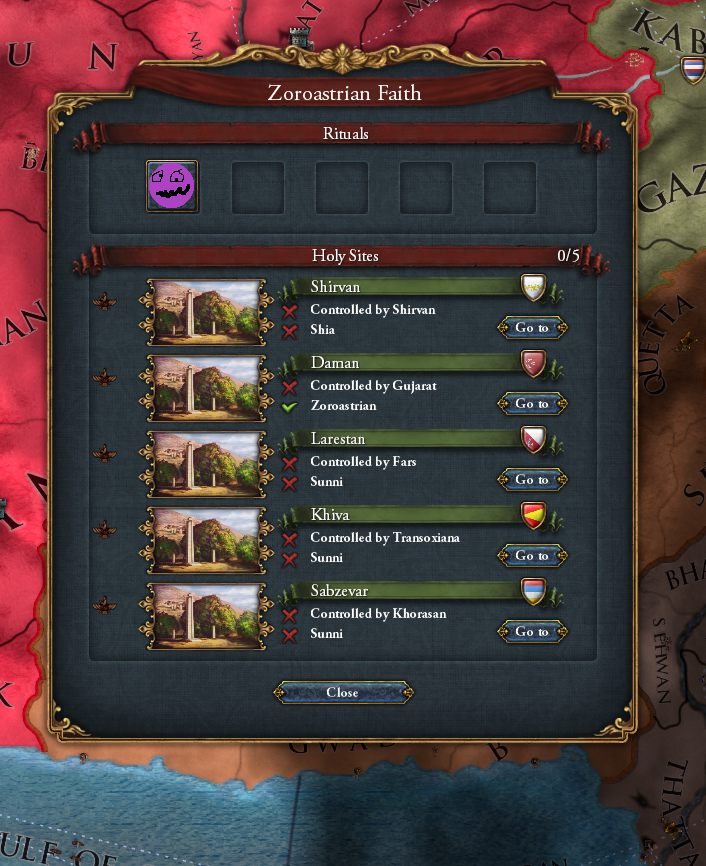
Keep in mind art here is WIP
The various rituals you can pick are as follows:
Yasna: -0.05 Yearly Corruption
Haoma: +5% Goods Produced Modifier
Navjote: +2% Missionary Strength
Manthras: +10% Governing Capacity
Dakhma: -5% Construction Cost
Also since we are talking about holy hedgehogs and zoroastrianism I believe it is only fair I show off my Lord Cyrus, King of Kings, king of Babylon, king of Sumer and Akkad, king of the four corners of the world(also known as my bedroom). Click on them for larger pictures.

Curious boi

Burrito boi

Hungry boi

Sleepy boi
Hope you’ve enjoyed today's dev diary! Do remember that today we are celebrating the 20 year anniversary of the EU Franchise. Among the hosts of the stream will be me so be sure to drop by! Cya there!

Stream Schedule (all times in CEST)
13-14 - Dev Stories from EU1 and the board game with special guest Philippe Thibaut
14-15 - Dev Stories from EU2
15-17 - Dev Stories from EU3
17-18 - Break
18-21 - EU4, events and the upcoming board game Europa Universalis: The Price of Power with Aegir Games
Hello everyone! Today we’ll be exploring two of the smaller religions in Europa Universalis IV. Zoroastrianism and Sikhism. For the coming update we’ll be working on making these more interesting by giving them their own mechanics. Keep in mind that everything you see is very much work in progress, you’ll see a lot of my very temporary coder art.
So first let’s start with Sikhism. They already got some stuff in the game using events. Throughout the game's timeline as a Sikh you will go through the various Gurus that were a big part of shaping the faith in history. Each of these gurus would add their own modifier to the religion. We are now making this more integrated by making it a mechanic and adding some more player agency for what the player can do with this.

UX is very much WIP, here it is showing you currently have Guru Nanak as your incumbent Guru and that Guru Angad is his future successor.
You still get gurus over the decades giving you various modifiers as you progress through the game. But I’ve also done that each Guru will provide three teachings unique to that guru that the player can pick between. In total there will be 30 teachings to pick between throughout the game, and once the guru that gives that teaching is succeeded the picked teaching becomes permanent and you can’t switch to the other two anymore. You can at max have 6 teachings, and for each teaching you take you will lose 1 missionary strength. Each teaching is associated with either Adm, Dip or Mil mana and cost 50 of their respective category of monarch power to enact.

As Johan mentioned last dev diary I got sick so I don’t have a full list of the new guru’s values and teachings as some of these features got literally finished this morning and I haven’t had time to fix that yet. But I’ll provide a list as soon as it’s done for the people who love to crunch the numbers.
Next thing is my favorite religion of all time and why hedgehogs are holy. Zoroastrianism is one of the oldest religions still in existence and has a lot of fascinating things around it which is a shame that it has gone so long without having gotten any mechanics tied to it. If you didn’t know Hedgehogs are considered a sort of “holy dog” within Zoroastrianism, a creature of the light which is obviously why it’s the best religion.
Anyway so what are we actually doing with Zoroastrianism? Since in the start of the game they are not in any particularly strong position, a people in sort of a diaspora we’ve been focusing around that. We already have some remnants in Yazd but we are also adding the Parsi in Gujarat. At the start of the game the province Daman will start as Zoroastrians. But there is also an event that you will get if you employ a lot of Parsi Zoroastrian advisors that will let you convert the province to Parsi.

Continuing with the diaspora theme their mechanic added to them will be based on the Coptic Blessings but instead called Rituals. The Zoroastrians have been given 5 fire temples they need to rekindle, like in their old decision, and as they do they will be rewarded.

Keep in mind art here is WIP
The various rituals you can pick are as follows:
Yasna: -0.05 Yearly Corruption
Haoma: +5% Goods Produced Modifier
Navjote: +2% Missionary Strength
Manthras: +10% Governing Capacity
Dakhma: -5% Construction Cost
Also since we are talking about holy hedgehogs and zoroastrianism I believe it is only fair I show off my Lord Cyrus, King of Kings, king of Babylon, king of Sumer and Akkad, king of the four corners of the world(also known as my bedroom). Click on them for larger pictures.

Curious boi

Burrito boi

Hungry boi

Sleepy boi
Hope you’ve enjoyed today's dev diary! Do remember that today we are celebrating the 20 year anniversary of the EU Franchise. Among the hosts of the stream will be me so be sure to drop by! Cya there!

Stream Schedule (all times in CEST)
13-14 - Dev Stories from EU1 and the board game with special guest Philippe Thibaut
14-15 - Dev Stories from EU2
15-17 - Dev Stories from EU3
17-18 - Break
18-21 - EU4, events and the upcoming board game Europa Universalis: The Price of Power with Aegir Games





